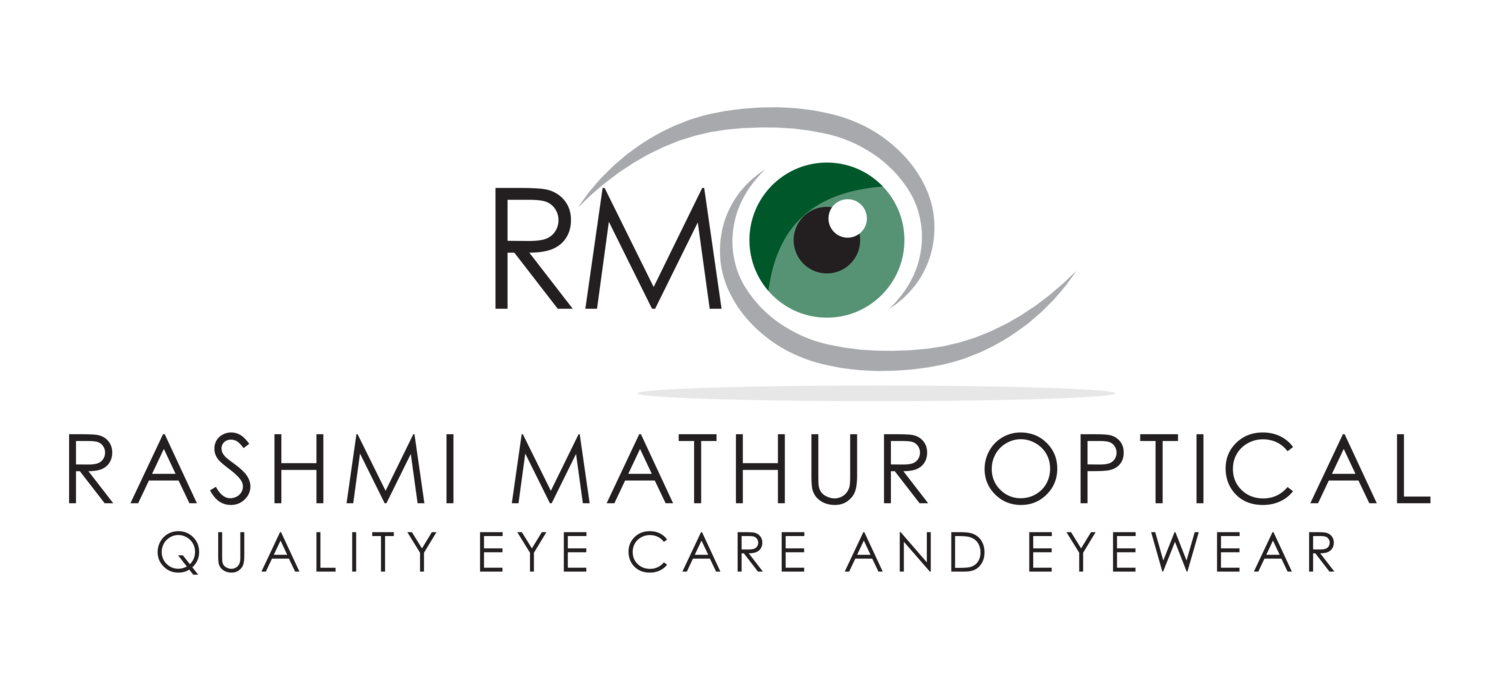Spectacle Lenses
Refractive index refers to the ability of a lens material to bend light. This is the ratio of the speed of light traveling through air, to the speed of light traveling through the lens material. This means that lens materials that are more effective at bending light have a higher index.
The Abbe value is a number given to describe the amount of chromatic aberration of an ophthalmic lens material.
Types of lenses
Plastic lenses were the first choice up to 20 years ago. They are very rarely used now as lens technology has evolved. They have a refractive index of 1.50.
Polycarbonate is the standard lens material used. The index of refraction is 1.59. Compared to plastic they are 20% thinner, provide 100% protection from of the harmful UV rays, scratch less and are much more durable.
Trivex is a very similar material to polycarbonate in terms of weight, durability index and UV protection. The key difference is that Trivex lenses have a higher Abbe value which refracts less light. Materials with a higher Abbe value provide clearer and crisper visual clarity.
High-index lenses have an index of refraction that starts at around 1.61 and can go as high as 1.74. These lenses are recommended for anyone with stronger prescriptions to allow for thinner, lighter, cosmetically appealing, and more comfortable glasses. We recommend these for anyone with a prescription higher than +/- 4.00. These ultra-thin lenses are nearly 50% thinner than plastic. One drawback is that they reflect much more light than standard plastic and polycarbonate lenses and so an anti-reflective coating is added to the lenses.
Anti-Reflective (AR) coating
There are two main benefits:
They enhance vision by allowing light to pass through the lens while eliminating glare.
Improve the cosmetic appearance by removing harsh reflections from lenses. AR coatings allow others to see you – not that annoying glare. The difference is very apparent in photographs.
Without an AR coating
With an AR coating




